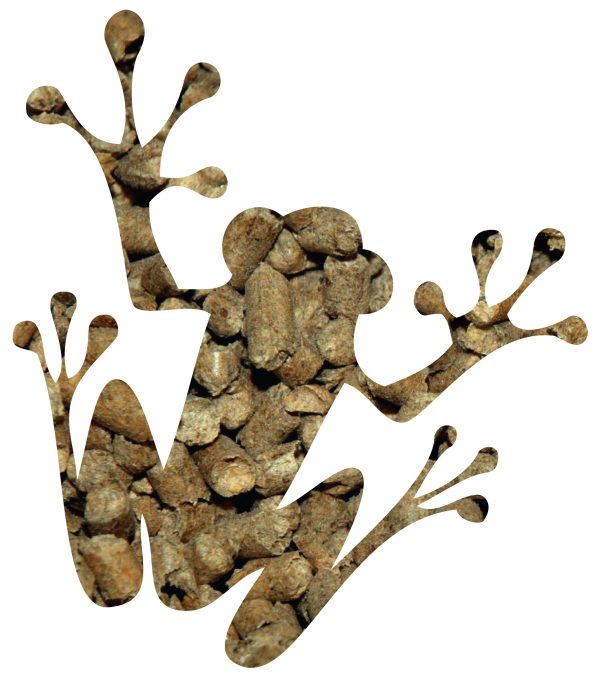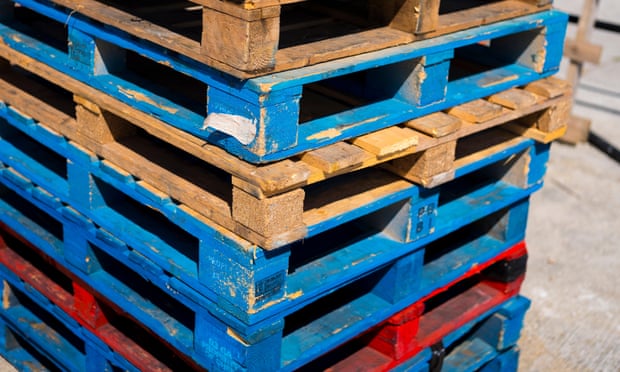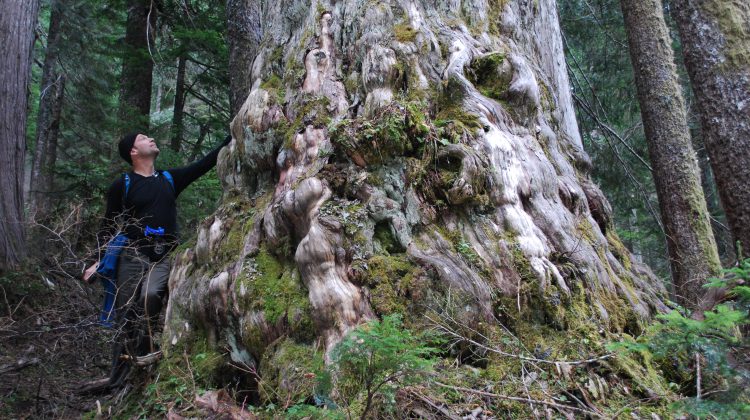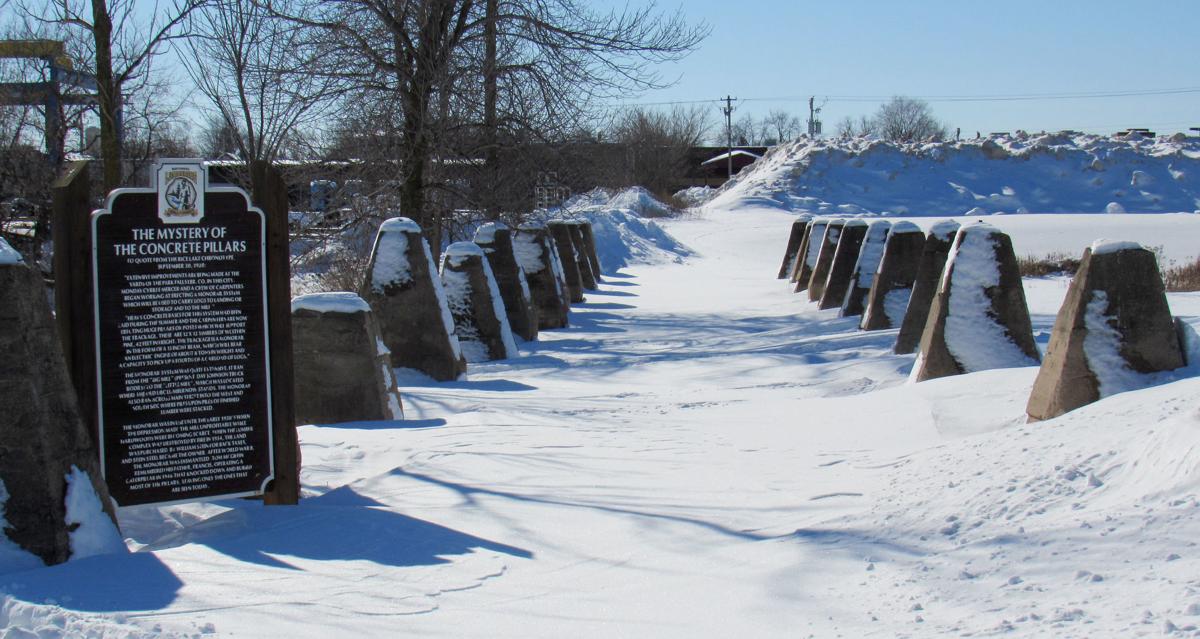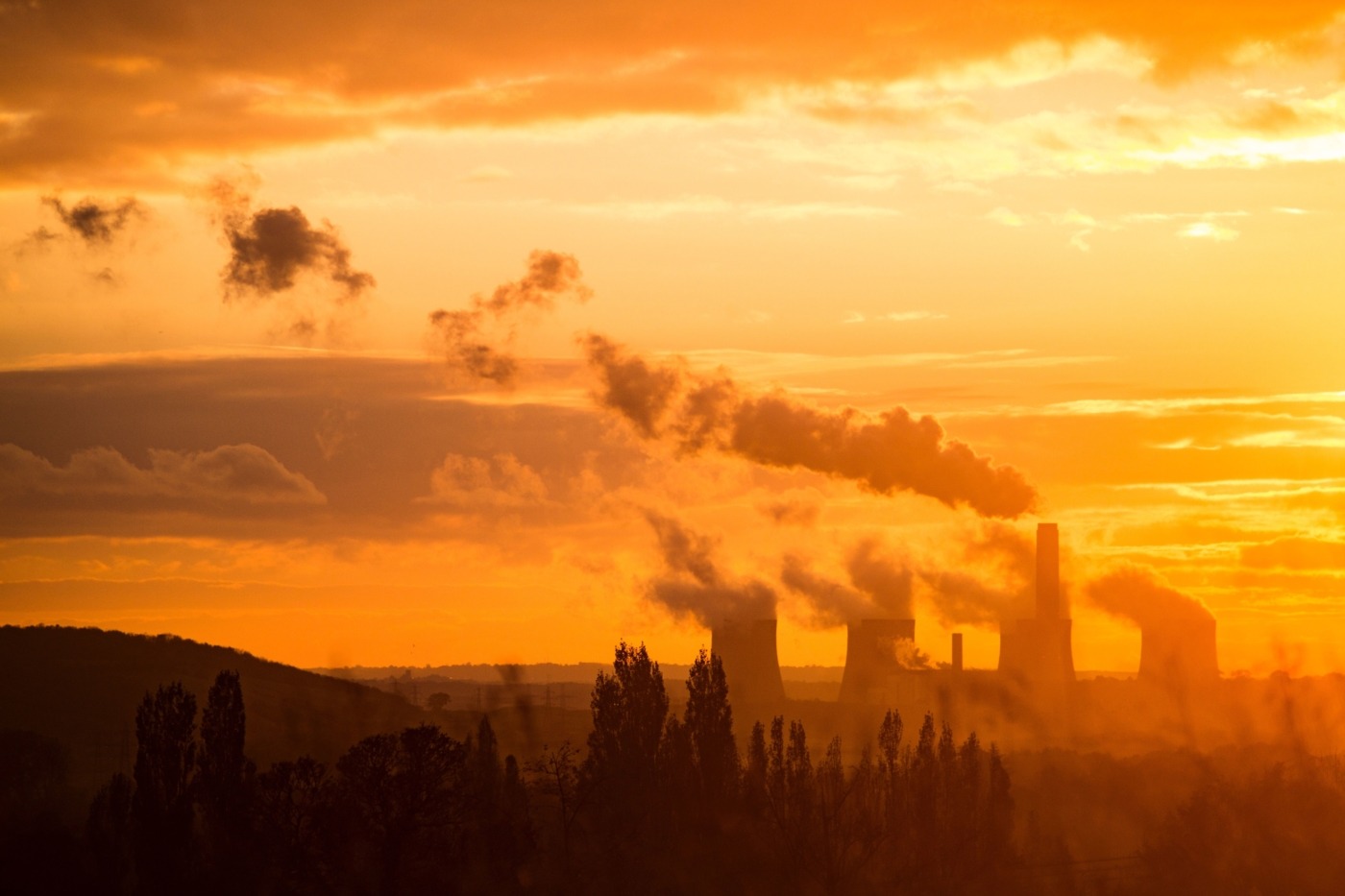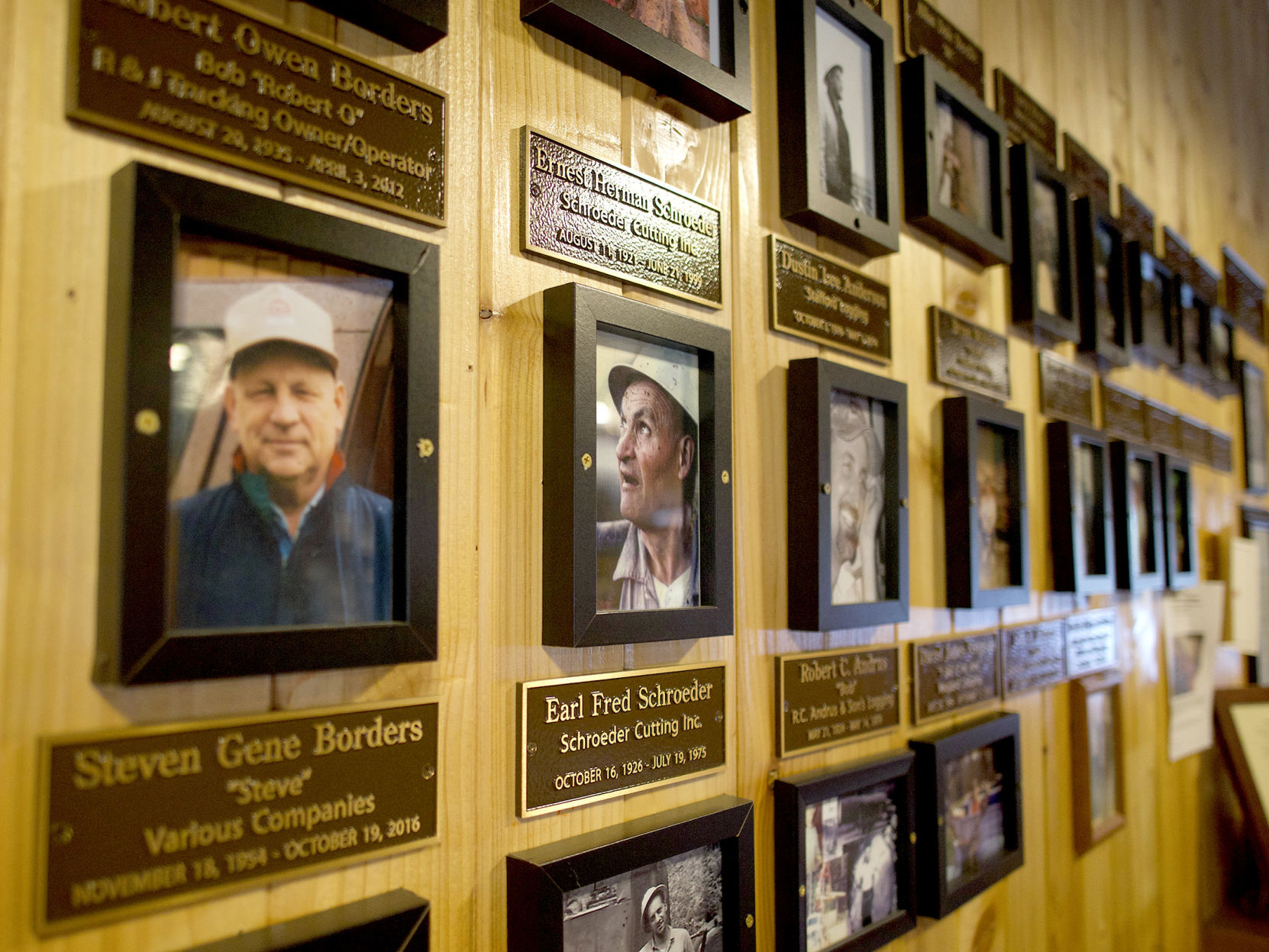 After a delay due to the government shutdown, the US Commerce Department construction data shows a double-digit percent drop from November’s pace, but building permits are up a bit. In other Business news: New Brunswick Premier reports little US interest in reopening the softwood lumber talks; Canfor and Pinnacle report banner 2018s; and the UK faces a wood pallet/phytosanitary crisis without a Brexit deal.
After a delay due to the government shutdown, the US Commerce Department construction data shows a double-digit percent drop from November’s pace, but building permits are up a bit. In other Business news: New Brunswick Premier reports little US interest in reopening the softwood lumber talks; Canfor and Pinnacle report banner 2018s; and the UK faces a wood pallet/phytosanitary crisis without a Brexit deal.
In Forestry/Climate news: Canada is criticized for using its forests to help meet its GHG targets; Caribou protection plans worry BC interior lumber producers; research efforts help predict future wildfire changes in Oregon, and New Mexico, while California’s environmental policy is causing their forests to become net CO2 emitters.
Finally, stories on wood and fire safety that could prompt building code changes in Halifax and the UK.
Kelly McCloskey, Tree Frog Editor
